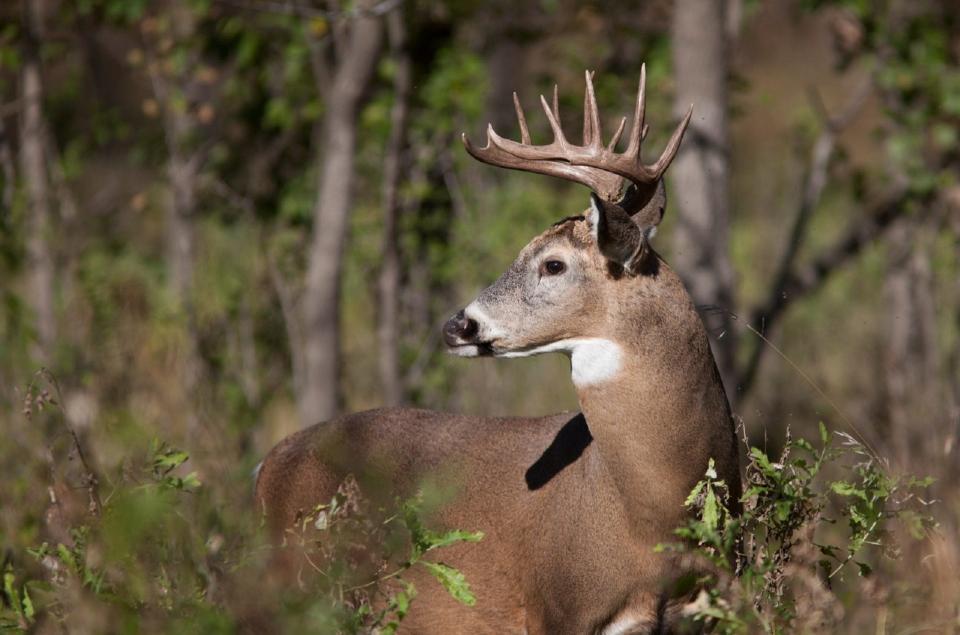Think you know where that buck is bedding? MSU Deer Lab study shows big bucks sleep around
So, you think you know where that big buck is bedding? Well, maybe you do, maybe you don't.
Researchers at the Mississippi State University Deer Lab studying movements of GPS-collared mature bucks found they can bed in dozens of areas in a single month and a good number are only used once.
In other words, big bucks sleep around.
Bronson Strickland of the MSU Deer Lab said the research was born of a single idea.
"We wanted to challenge the 'buck's bedroom' idea," Strickland said.
The 'buck's bedroom' idea is a buck routinely using the same area for bedding. Strickland said in the Midwest where suitable bedding areas are limited, the idea may be more applicable, but the Southeast is generally different. Here, suitable bedding sites are abundant.
So, researchers turned to science for the answer.

GPS collared deer provide answers
"We call it the Big Black River data set," Strickland said.
The data set came from a study that took place along the Big Black River in Yazoo and Madison counties from 2017-2019. Fifty-five mature bucks were outfitted with GPS collars in an effort to track their movements and see how they reacted to pressure from hunters.
However, the robust data set revealed much more. It showed many bucks have two home ranges. It also showed some of those home ranges were miles apart. In the case of one buck known as Buck No. 27, the home ranges were about 14 miles apart.
Now, that data is teaching us more.
CWD in Mississippi deer: Myths debunked and how hunters can help manage the disease
Bucks using dozens of bedding sites
Strickland said bedding sites were defined as locations where bucks stopped and didn't move for a period of one hour or longer. In a look at 10 mature bucks during the month of November, researchers found the bucks used on average 39 different bedding sites with some being more than a mile apart. It was also found that 20% of the areas were only used once in that time frame.
Data also showed that bucks used multiple sites in one day and they all had something in common.
"The places where bucks bedded had structural cover waist high," Strickland said. "It could be grass, it could be palmetto — just wherever they could bed down and be hidden."
Why they use so many bedding sites is unknown, but it's speculated that it could be to make them less susceptible to predators — including hunters.
A wild hunt: Rollercoaster of a deer hunt produces an almost unbelievable buck for Mississippi girl
More deer research coming
"The take-home message is it makes it more difficult," Strickland said. "I can't just look at a map of my property or hunting land and identify a bedding area and take advantage of that like you can in the Midwest."
Strickland also pointed out that the study area has relatively low hunting pressure, so bedding habits may differ in other areas.
"It could be that on a public land area with much greater hunting pressure, deer are learning where they might encounter a human," Strickland said. "They could be sequestered on a landscape that's hunted a lot harder."
Comparing bedding habits in low-pressure areas and high pressure areas is just one of the areas researchers want to dig into more deeply.
"There's going to be a lot more coming out of this," Strickland said. "Stay tuned."
Do you have a story idea? Contact Brian Broom at 601-961-7225 or bbroom@gannett.com.
This article originally appeared on Mississippi Clarion Ledger: MSU Deer Lab study shows what you need to know about buck bedding

